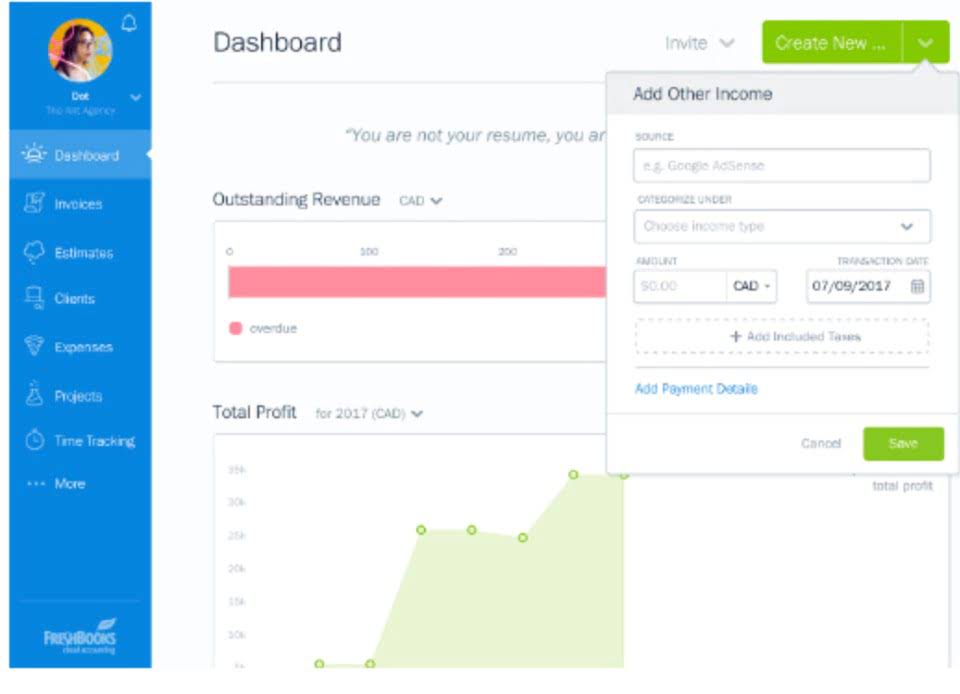
The cost of debt is also calculated both before and after taxes, with the after-tax cost being particularly significant for determining the Weighted Average Cost of Capital (WACC). The WACC serves as the standard discount rate in valuation models like the discounted cash flow (DCF). The cost of debt is the effective interest rate that a company pays on its debt obligations, which can include bonds, loans, leases, and other forms of debt. The cost of debt can be expressed as a nominal rate or an after-tax rate, depending on whether the interest payments are tax-deductible or not. The after-tax cost of debt is usually lower than the nominal cost of debt, as it reflects the tax savings that the company enjoys from deducting the interest expenses from its taxable income. A high cost of debt may signal issues like a weakened credit profile or unfavorable market conditions, attracting scrutiny from investors and creditors.
- On the other hand, low credit ratings might lead to higher interest rates due to increased risk.
- Before diving into the CAPM, let’s first understand why the cost of equity is so challenging to estimate in the first place.
- This reduces the after-tax cost of debt, making it more affordable for companies.
- For example, a $1 million loan with a 5% nominal rate incurring $50,000 in annual interest results in a 5% effective rate.
- In this article, we’ll explore the formula for cost of debt, demonstrate its calculation with examples, and examine factors that influence it.
Step 2: Identifying Your Company’s Total Debt and Liabilities
If the company attempted to raise debt in the credit markets right now, the pricing on the debt would most likely differ. On the date the original lending terms were agreed upon, the pricing of the debt — i.e. the annual interest rate — was a contractual agreement negotiated in the past. Like any other cost, if the cost of debt is greater than the extra revenues it brings in, it’s a bad investment.
- The business has a project that requires an initial investment of $150,000 and is expected to generate a cash flow of $50,000 per year for five years.
- The cost of debt measures the effective interest rate a company pays on its borrowing, adjusted for the tax benefits of deductible interest expenses.
- Businesses need to monitor market conditions closely to time their debt financing decisions.
- This calculation considers various factors such as interest rates, total debt, and interest expenses to determine the cost of debt.
- We combine the company’s state and federal rates to determine the effective tax rate, not the marginal tax rate, which includes many tax offsets like foreign tax rate deductions.
- Where $D$ is the market value of debt, $E$ is the market value of equity, $T_c$ is the corporate tax rate, $r_d$ is the cost of debt, and $r_e$ is the cost of equity.
Factors Affecting the Cost of Debt

The main ingredient differentiating between pre- and after-tax debt is the interest expense, which is tax-deductible. A valuation is performed on a forward-looking basis, so using the current values per the open markets aligns more closely with the underlying objective. The U.S. 10-year Treasury note is deemed risk-free since such issuances are backed by the “full faith and credit” of the U.S. government. Usually, the book value of debt is a reasonable proxy for the market value of debt, assuming the issuer’s debt is trading near par, instead of at a premium or discount to par.
Step 5: Calculating the Pre-Tax Cost of Debt

You’ll want to use APR when loan shopping to compare the cost of different borrowing options. You’ll want to use cost of debt to analyze whether the loan will improve your business’s profitability. But that same cost of debt six-month loan will have a low cost of debt since you’re paying off the loan relatively quickly. You won’t pay much in total interest over the life of the loan, so the cost of debt will be low. In the first example, we assumed that the lender charges all of the interest to the loan at the outset. But in reality, many business loans are term loans or long-term installment loans.
Marginal vs. Effective Tax Rate: What is the Difference?
In conclusion, accurately calculating the pre-tax cost of debt is essential in capital budgeting decisions. By understanding the pre-tax cost of debt, companies can make informed decisions about investment opportunities, determine the cost of capital, and optimize their financing strategies. By following the steps outlined in this article, companies can ensure that they accurately calculate the pre-tax cost of debt and make decisions that drive business success. Additionally, companies may mistakenly use the post-tax cost of debt instead of the pre-tax cost of debt in their capital budgeting decisions. This can result in an underestimation of the true cost of debt and lead to poor investment decisions.
How to calculate cost of debt
The risk-free rate is the return that can be earned by investing in a risk-free security, e.g., U.S. It’s called risk free because it is free from default risk; however, other risks like interest rate risk still apply. A firm’s Weighted Average Cost of Capital (WACC) represents its blended cost of capital across all sources, including common shares, preferred shares, and debt.
- The required rate of return is the minimum return that an investor will accept in exchange for their investment.
- One critical aspect of this decision-making process is understanding the true cost of borrowing, which involves calculating the pre-tax cost of debt.
- Let’s explore its impact on other components of the capital structure, the company’s risk profile, and its integration into financial planning and decision-making processes.
- Because the tax codes treat any interest paid on debt favorably, the tax deductions from outstanding debt can lower the effective cost of debt the borrower pays.
- Fortunately, the information you need to calculate the cost of debt can be found in the company’s financial statements.
- For example, if a company has $50,000 in interest expenses and $1,000,000 in total debt, the pre-tax cost of debt would be 5%.
An advertising co-op program is a collaborative strategy where businesses pool their resources to… When analyzing the ledger account cost of debt, it is crucial to understand the various assumptions and challenges that come with it. This section aims to provide insights from different perspectives and shed light on the complexities involved.

Therefore, it is important for financial analysts to understand and calculate the cost of debt, as it is a key input for evaluating the financial health and attractiveness of a company. We can see that Company B has a lower cost of debt than Company A, even though they have the same coupon rate and face value. This is because Company B has a shorter maturity, which reduces the uncertainty and inflation risk of the bond. When neither the YTM nor the debt-rating approach works, the analyst can estimate a rating for the company. This happens in situations where the company doesn’t have a bond or credit rating or where it has multiple ratings.
Impact of Taxes on Cost of Debt
In simpler terms, EV represents the total price AI in Accounting a buyer would have to pay to fully acquire a company. Calculating the after-tax cost of debt is also important because it not only refines WACC for valuation efforts like discounted cash flow analysis but aids in strategic financial planning. This adjustment allows companies to precisely optimize their financing mix, utilizing debt and equity to achieve maximum capital efficiency and enhance shareholder value. The synthetic debt rating approach offers an innovative methodology for estimating a company’s cost of debt, particularly useful in scenarios where an explicit credit rating is unavailable. To illustrate the dynamic nature of the cost of debt, consider a scenario where a bank lends $5 million to a company at a 5.0% annual interest rate with a 10-year maturity. The 5.0% rate, agreed upon in the past, might not reflect the company’s current cost of debt due to changes in market conditions or the company’s creditworthiness since the loan was originated.
